-
Food Porn: The Phenomenon of Eating in Cyberspace

If you’ve ever groaned out loud at the sight of a gooey chocolate chip cookie on your Instagram feed, or stopped yourself from licking your phone screen as a Buzzfeed Tasty chef demonstrated a cheese-pull, you’ve experienced food porn. I began to reflect as I scrolled through expertly crafted food porn on social media while…
-
A Deeper Look Into Intravenous Ketamine Infusions For Treating Depression

As depression is on the rise, there is a race to discover an optimum treatment that is best suited for those affected. One such treatment that is yet to gain FDA approval for its use in treating depression is intravenous ketamine infusion. Over the years, more and more people are turning to intravenous ketamine infusion…
-
How Baby Diapers Will Change How We Study the Brain
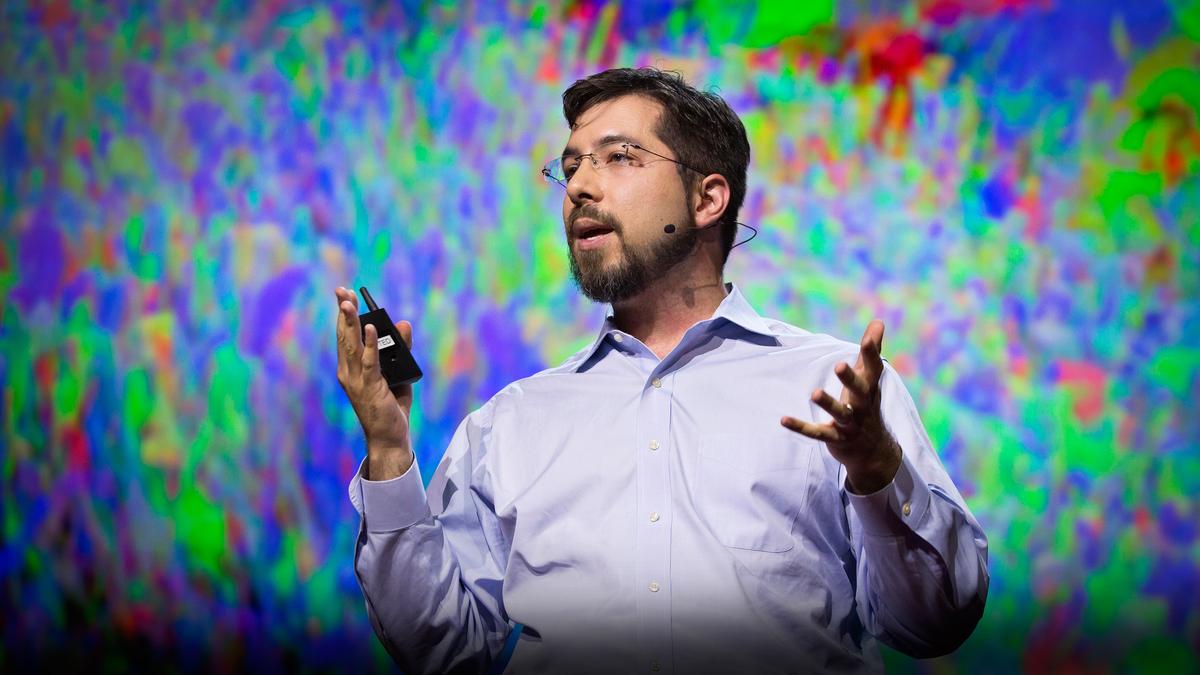
There was a sudden pounding in my chest, blood rushing to my head, and sense that life suddenly seemed unreal. I did not know what was happening, but somehow, instantaneously, panic had consumed me. I was eight years old, sitting in my third grade classroom, listening along as my favorite teacher was reading us a…
-
Information Overload: Overexposure to the News Can Hurt Your Mental Health

Welcome to the information age, where answers to your questions are a click away and borderline instantaneous. Technology has brought civilization to a plane of unprecedented knowledge, leaving scholars wondering about the multidimensional ways in which it continues to impact humanity. As people communicate with one another at the speed of light, one trend you…
-
What is therapy and is therapy for me?
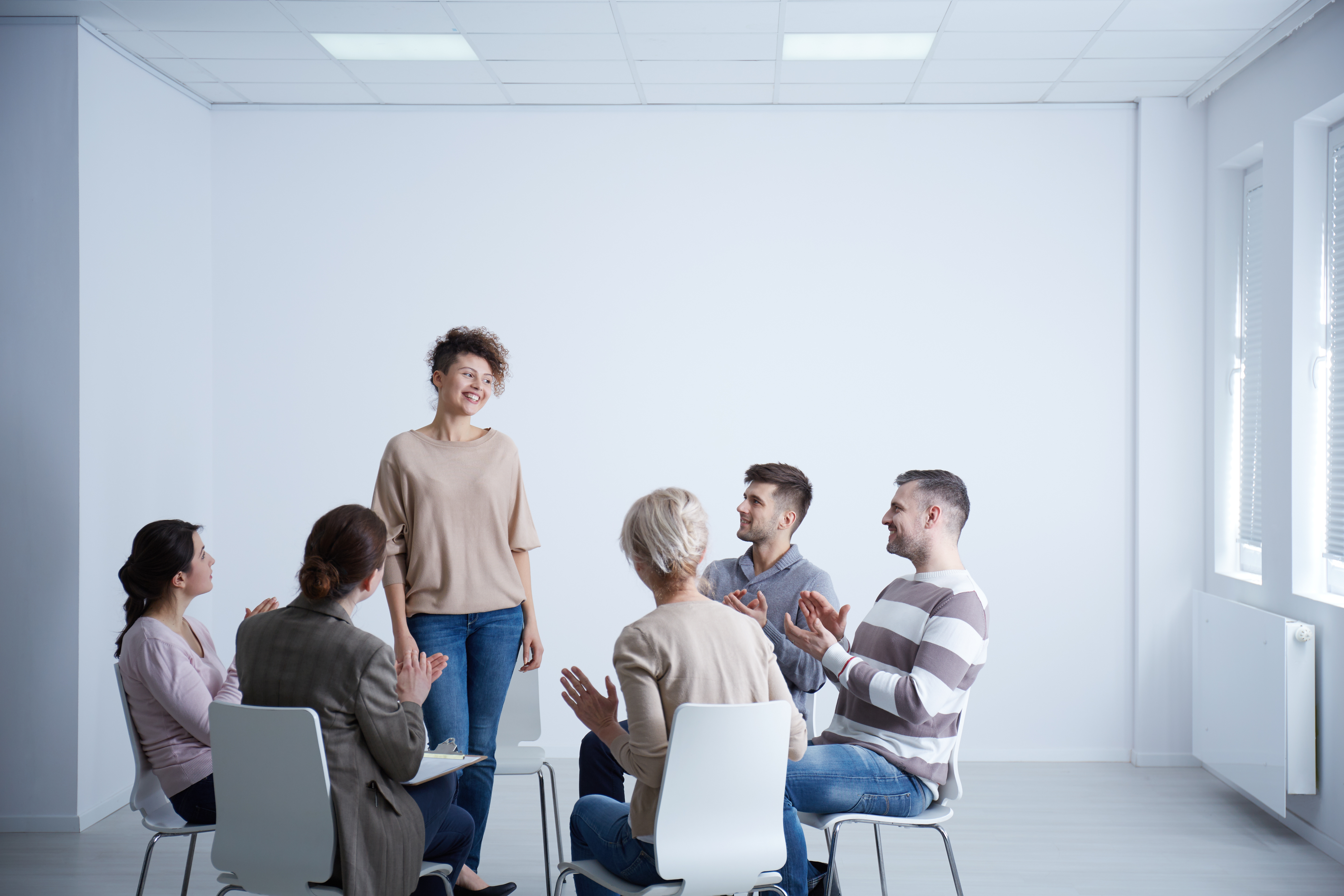
Therapy is misunderstood. For the uninformed it brings about negative thoughts while others can acknowledge it’s ability to heal and transform. Despite the modernity of our society, many people still believe that “only crazy people go to therapy.” That statements could not be any more false or ancient. The best way to look at it,…
-
How the hustle and bustle of big city living compromises your happiness

Can cities compromise our happiness? As someone who was born and raised in a relatively small, quiet town, I was overwhelmed by the noisy, populated vastness of Chicago when I began college. I would jump every time I heard a car honking outside my dorm, and shivers would run down my spine at each wailing…
-
Oxytocin: What makes pets so awesome, hugs so good and love so magical
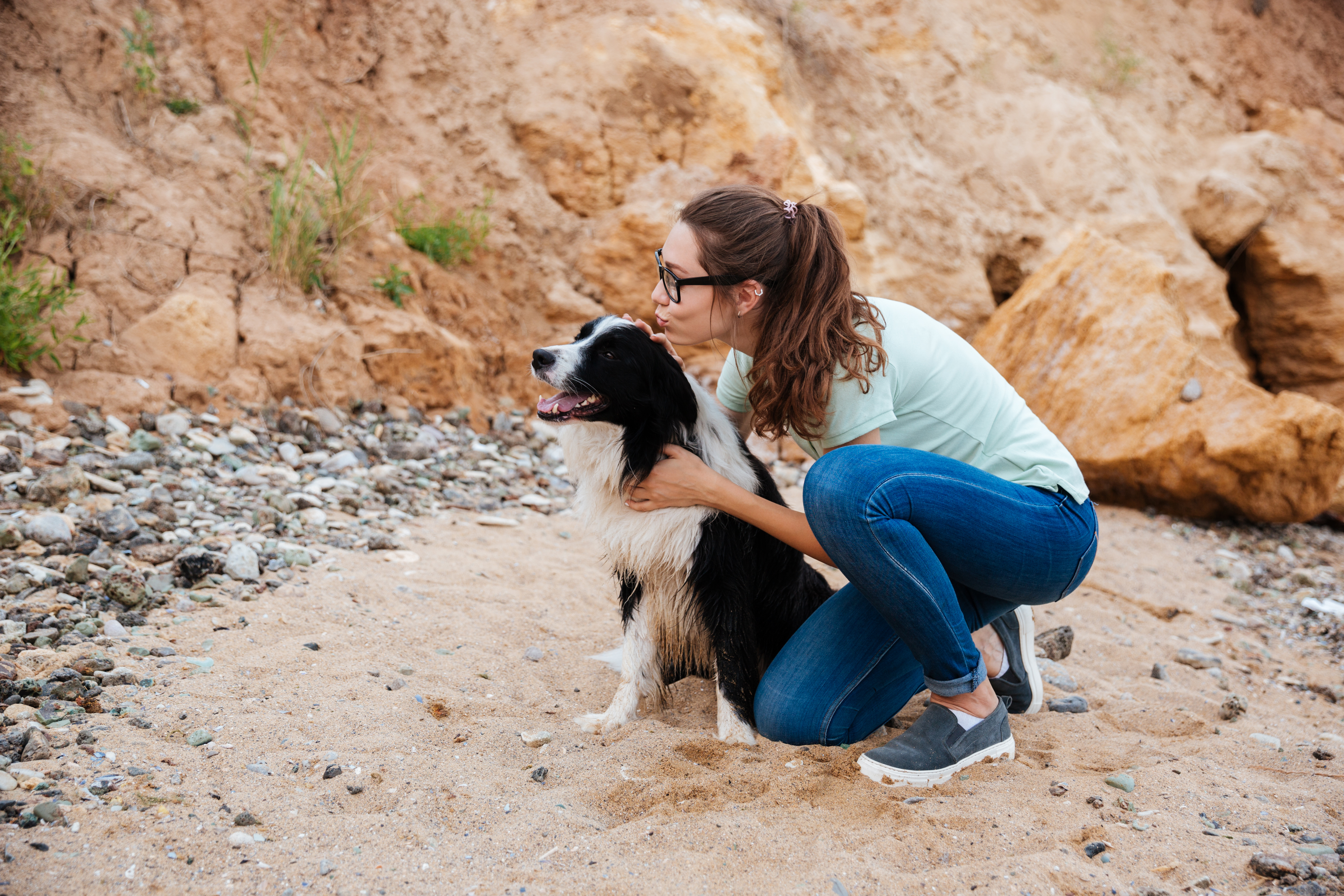
Oxytocin, a neuropeptide produced in the brain’s hypothalamus, has gained popularity as the “love hormone.” But NY Times sheds light upon “The Dark Side of Oxytocin” and Gizmodo calls it “The Most Amazing Molecule in the World”—so it’s apparent that there are many shades of oxytocin. This chemical evidently helps newborns bond with their mothers…
-
Validation is an important social lubricant
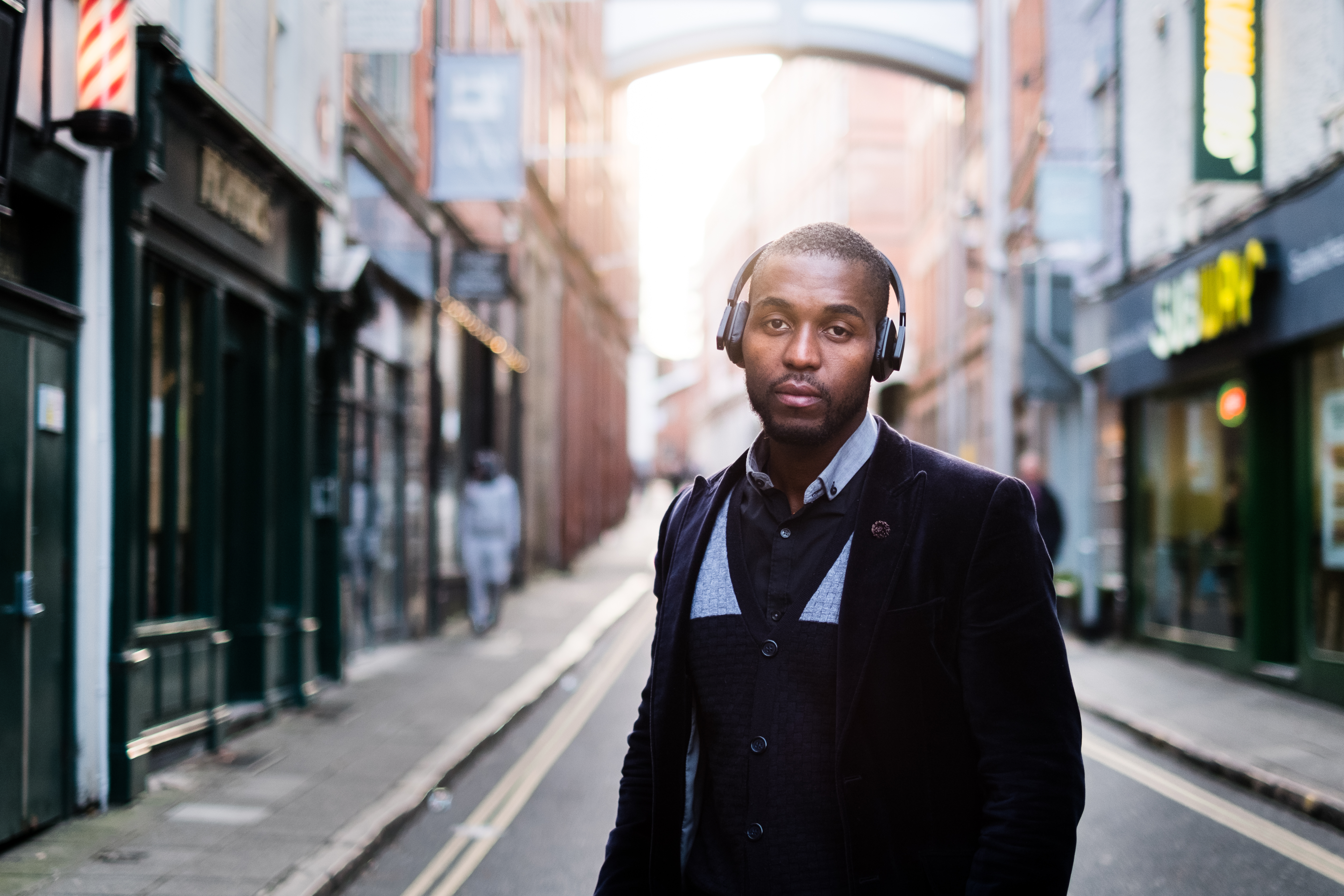
When you think of validation, you might think that it involves simply agreeing with the other person no matter what but.. That would be a misunderstanding of what validation is, when in reality, to validate someone is to acknowledge them (their thoughts, emotions, and behavior) as legitimate and worthy of attention, even if you don’t necessarily…
-
If you have an average IQ you might be smarter than you think
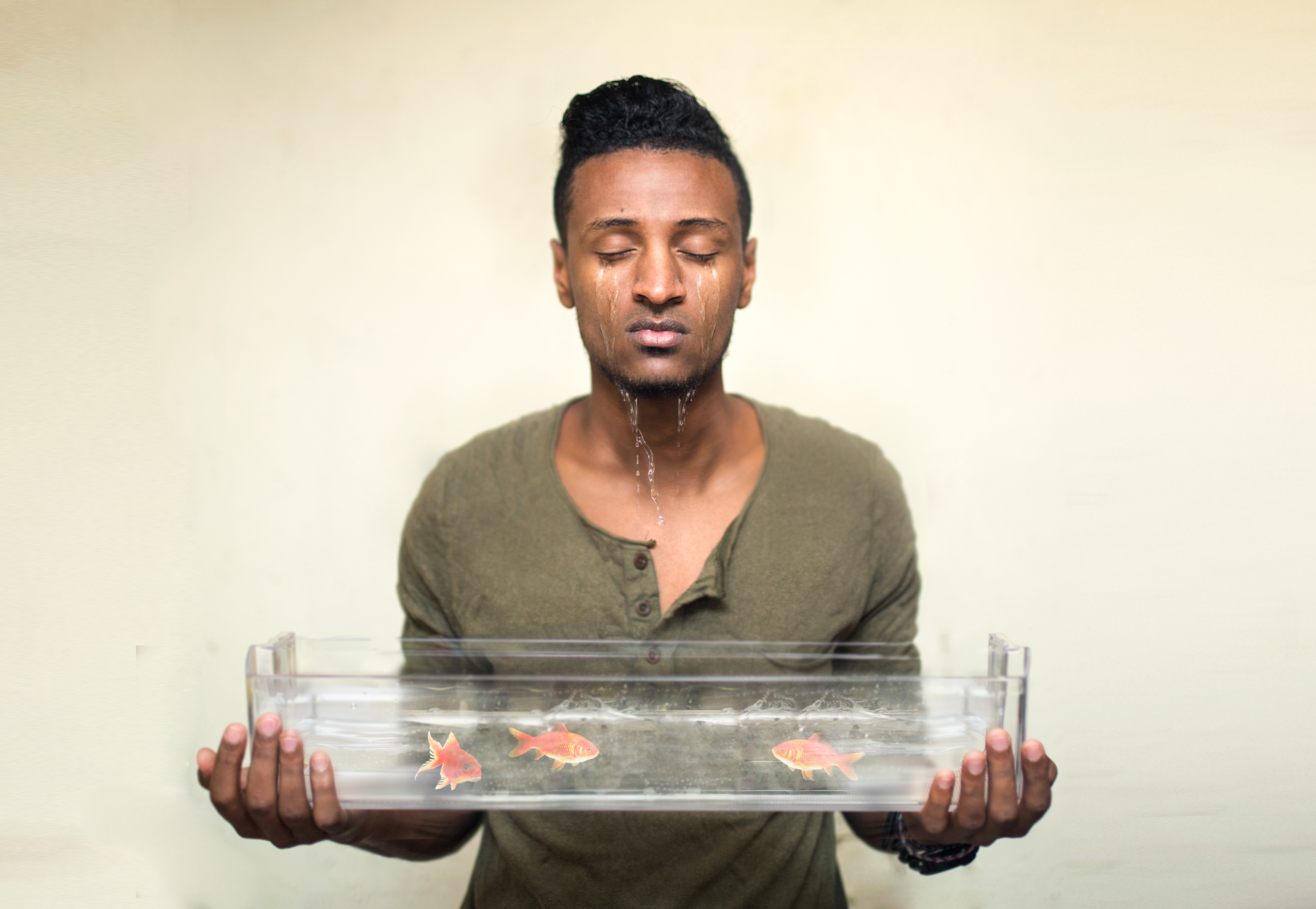
The concept of emotional intelligence (EI) refers to a person’s ability to not only acknowledge and effectively (or affectively, to be even more appropriate) manage their emotional disposition but to also recognize the emotions being exhibited by others. It is a mode of intelligence which is often overlooked since academics is primarily focused on fostering more intellectual…
-
The Personality Disorders, Part 2
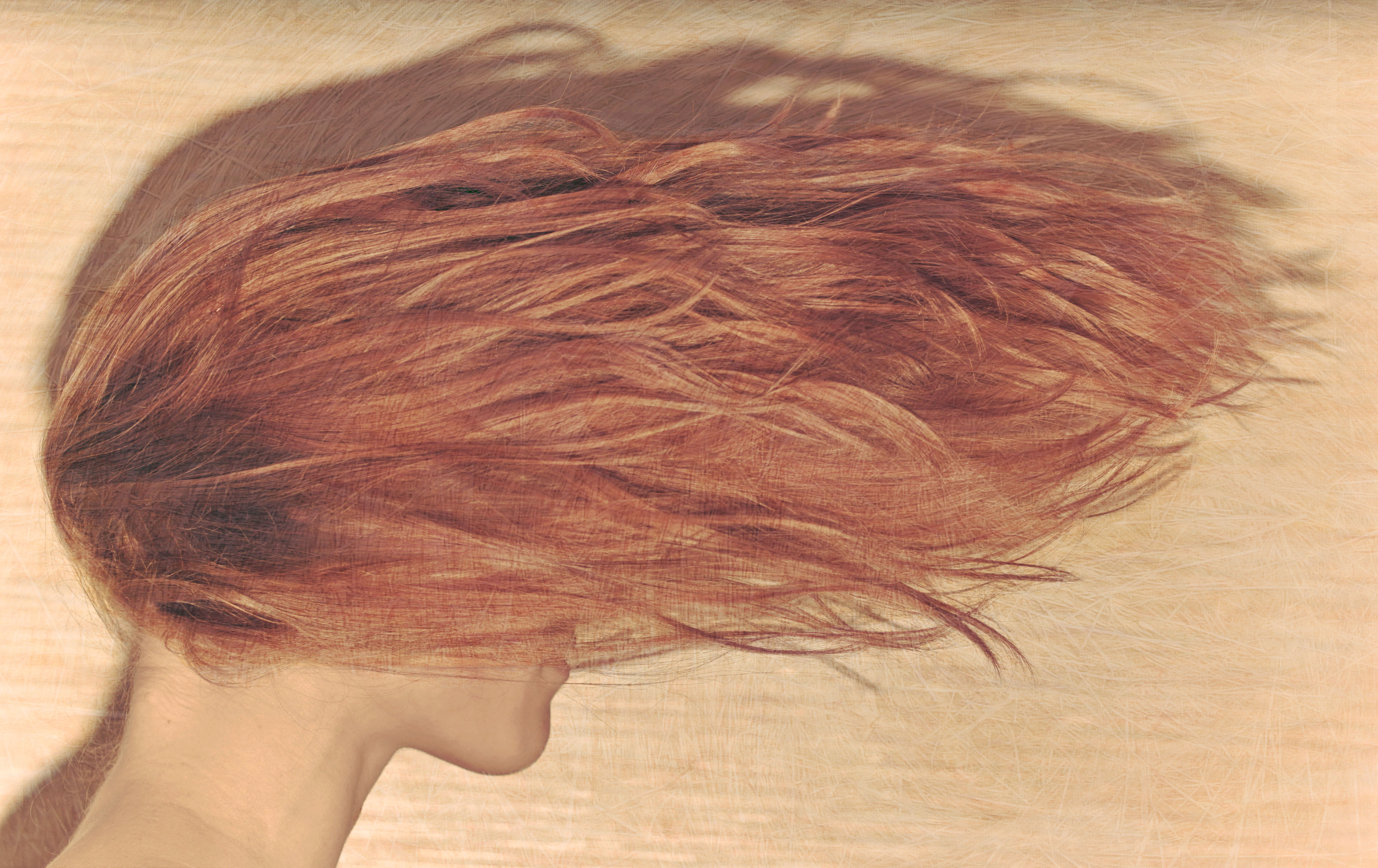
There are many kinds of personalities, a concept that is closely studied in the field of psychology. One particular subject is very well-known, even among non-psychologists, namely, the personality disorders. Personality disorders are mental problems that cause the afflicted to act in ways that go beyond the societal norm. There are ten agreed-upon personality disorders,…